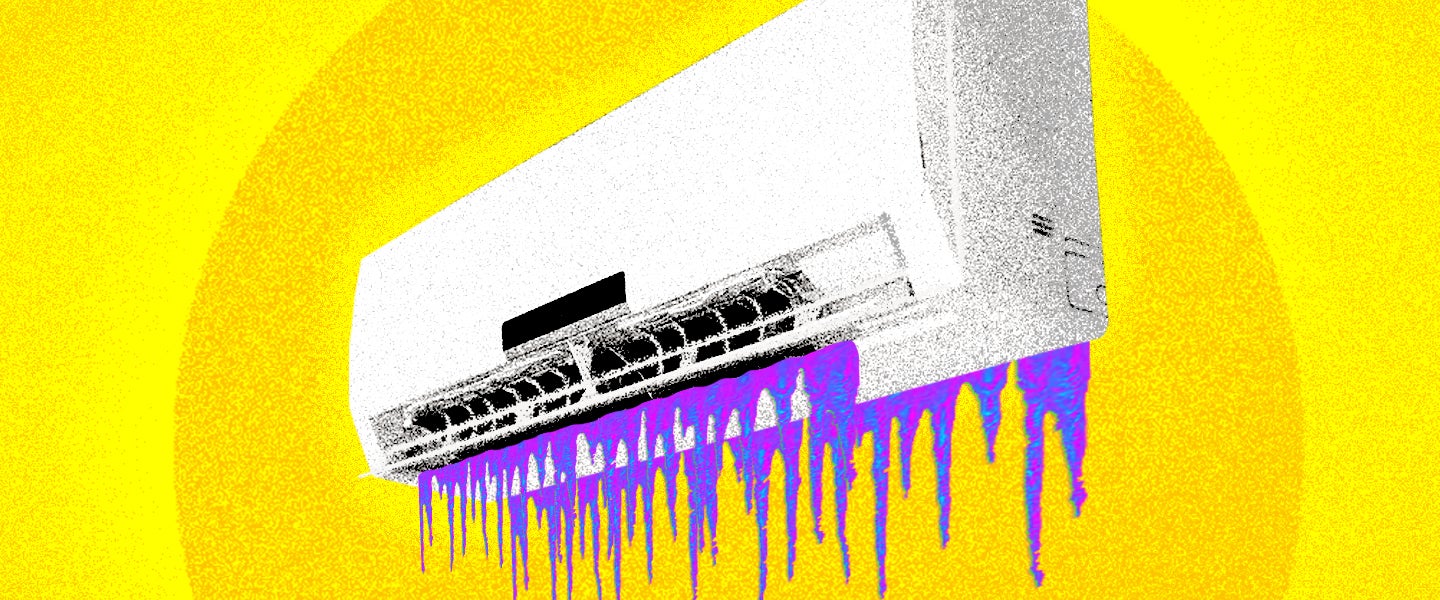Much like how Sprite from McDonald’s is on another level, a carbonated God among the very same lemon-lime soda served at other establishments, air conditioners in hotel rooms are transcendental, capable of discharging an interminable barrage of Arctic gales that are unmatched when it comes to cooling power.
I can’t explain this but hotel air conditioners feel how McDonald’s sprite tastes
— Kellen (@captainkalvis) September 22, 2019
There must be an explanation. Perhaps a blustering portal to some faraway frozen planet is enclosed within each hotel room air conditioner. Or maybe the ice machines cemented on each floor are somehow pumping a continuous stream of frozen cubes into the walls, bolstering the overall coolness of every hotel in existence.
No, it simply cannot be.
But then, how do they manage it? What makes hotel air conditioners so special? According to David Heiman, senior director of training for the HVAC program at the Refrigeration School, there are a few possible explanations.
The most obvious answer is that people staying in hotels are generally more inclined to turn down the thermostat because they want the most bang for their buck, and sometimes that means leaving the hotel with a hefty electrical bill while nearly making it snow in their room. “Setting your home AC below 78 degrees will cost five percent more for every degree you go down,” Heiman explains. “But in a hotel, you don’t directly pay for the electricity, so people tend to let the AC unit run at a lower temperature.” Keep in mind, however, that some hotel thermostats are placebos, and the hotel staff keeps the place at a cooler, more agreeable temperature for most people, assuming that everyone else will don a sweater.
The other reason hotel air conditioners feel like vigorous weather machines is because hotel rooms tend to be smaller and more adept at shifting and maintaining temperatures than most normal living spaces. “Each hotel room has its own PTAC [Packaged Thermal Air Conditioner] HVAC system,” says Heiman. “The airflow can often feel stronger than at home because the units are sized slightly larger than necessary, as hotel rooms are generally small spaces in comparison.”
Hotel rooms also usually have fewer windows and maybe (maybe) a little extra insulation compared to most homes and apartments, all of which can contribute to them quickly and efficiently becoming an icebox.
As for how to achieve a similar level of coolness at home, Heiman says, “You can install ductless mini splits [individual air conditioners] in each room to gain greater control over your cooling cost with an increase in system performance.” That way, you essentially have an air conditioner in each and every room, and you can either use them individually or have them work together to turn your whole apartment into a frozen tundra.
Heiman warns, however, “Keep in mind that installing this system in the home can come at a significantly higher cost.” For the full treatment, a ductless air conditioning system can cost anywhere between $2,000 to $14,500, with an average price of $3,000. And if you go through the trouble of adding more units to your home, you might as well improve your insulation situation, too, which could cost you another grand or so.
But hey, if you want a unit in every room of your home, you have to pay the price.
Other than that, though, unless you live in a highly insulated, incredibly small room with very few windows and other possible leakage points, even the most powerful air conditioners will have a tough time keeping up with the ones in hotel rooms. You can, however, check out our tips for keeping cool without air conditioning, which you can use in tandem with your air cooling system for ultimate coolness.
Stay frosty!

